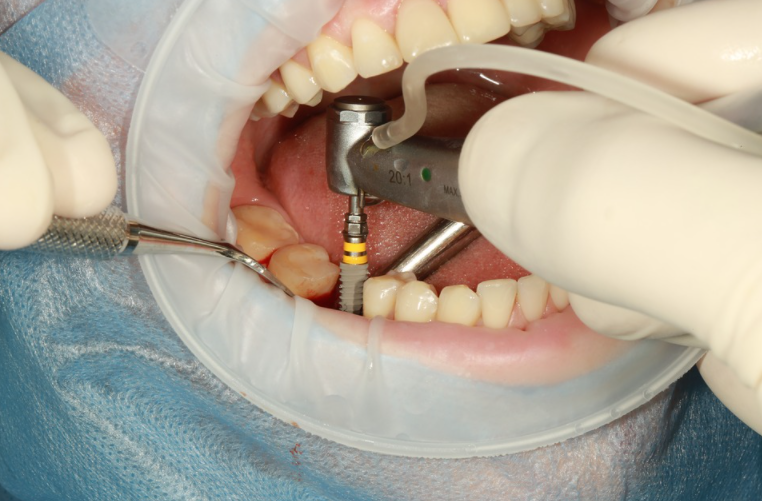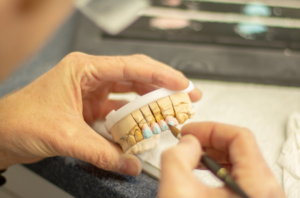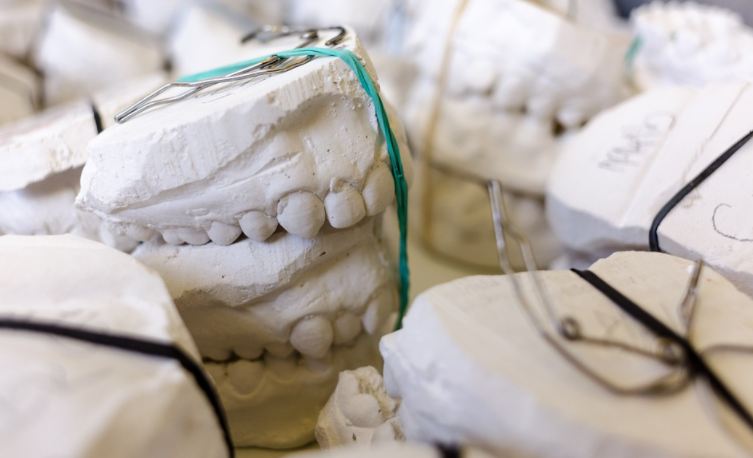If you have lost a tooth in a prominent position, a dental implant may be the closest solution to preserving your tooth. Unlike a conventional bridge, which requires grinding the teeth on either side and placing a crown to cover the space, an implant allows you to replace the tooth without affecting the healthy teeth on either side. If you need a dental implant, you should consider going to Dentist Calgary for professional help and procedures. In this article, we will take a look at the processes taken in a dental implant.

A dental implant should be performed to replace the missing tooth in your oral cavity. The implant is a screw-like device that is placed in the gums and anchors into the jawbone. It sounds a little scary, but in reality, the implant can be placed in the socket where a tooth was recently extracted or in an existing old socket by creating a small hole in the bone. It is performed under local anesthesia, so the patient feels no pain. The process, which usually only takes about 45 minutes, is considered by many to be better than a root canal.
Consultation
 To begin the tooth augmentation procedure, you will be recommended by an implantology professional. Your primary dentist may not be the right person to perform this consultation. Be sure to ask if he or she has experience with this procedure. Some dentists perform the entire procedure as if it were surgery. While it may seem easier to go to an “all-hands-on-deck” dentist who will do everything himself or herself, this is not advisable unless you have thoroughly researched his or her experience in dentistry and in oral surgery, which is necessary for a successful implant.
To begin the tooth augmentation procedure, you will be recommended by an implantology professional. Your primary dentist may not be the right person to perform this consultation. Be sure to ask if he or she has experience with this procedure. Some dentists perform the entire procedure as if it were surgery. While it may seem easier to go to an “all-hands-on-deck” dentist who will do everything himself or herself, this is not advisable unless you have thoroughly researched his or her experience in dentistry and in oral surgery, which is necessary for a successful implant.
Preparation of the Implant Site
After evaluating and understanding the solution to your dental dilemma, the dentist can perform tooth extraction and bone grafting. The greatest success of a dental implant relies heavily on the individual’s health and jawbone before the dental implant elements. For the implant post to fit completely into the jawbone, an adequate amount of healthy bone is required. Some patients, especially those who have been missing teeth for several years, may not have enough healthy bone to support a graft. In this case, they will take healthy bone from another area of the body and place it in the jawbone. Depending on your situation, you may also need to remove an existing non-functioning, decayed, or otherwise compromised tooth to make room for these implants.
Placement of Dental Implants and the Replacement Teeth
 Once ready, an incision is made in the gum, and the augmentation is implanted into the jawbone. Dental surgery is usually a quick and relatively painless process. It often takes several weeks for the jawbone and gum to fully heal while living bone attaches to the augmentation, a procedure called osseointegration. After the healing process is finished, you need to go to your general dentist to get the replacement tooth affixed on the implant post. The duration of implant-supported dentures will likely change the maintenance of your teeth.
Once ready, an incision is made in the gum, and the augmentation is implanted into the jawbone. Dental surgery is usually a quick and relatively painless process. It often takes several weeks for the jawbone and gum to fully heal while living bone attaches to the augmentation, a procedure called osseointegration. After the healing process is finished, you need to go to your general dentist to get the replacement tooth affixed on the implant post. The duration of implant-supported dentures will likely change the maintenance of your teeth.

